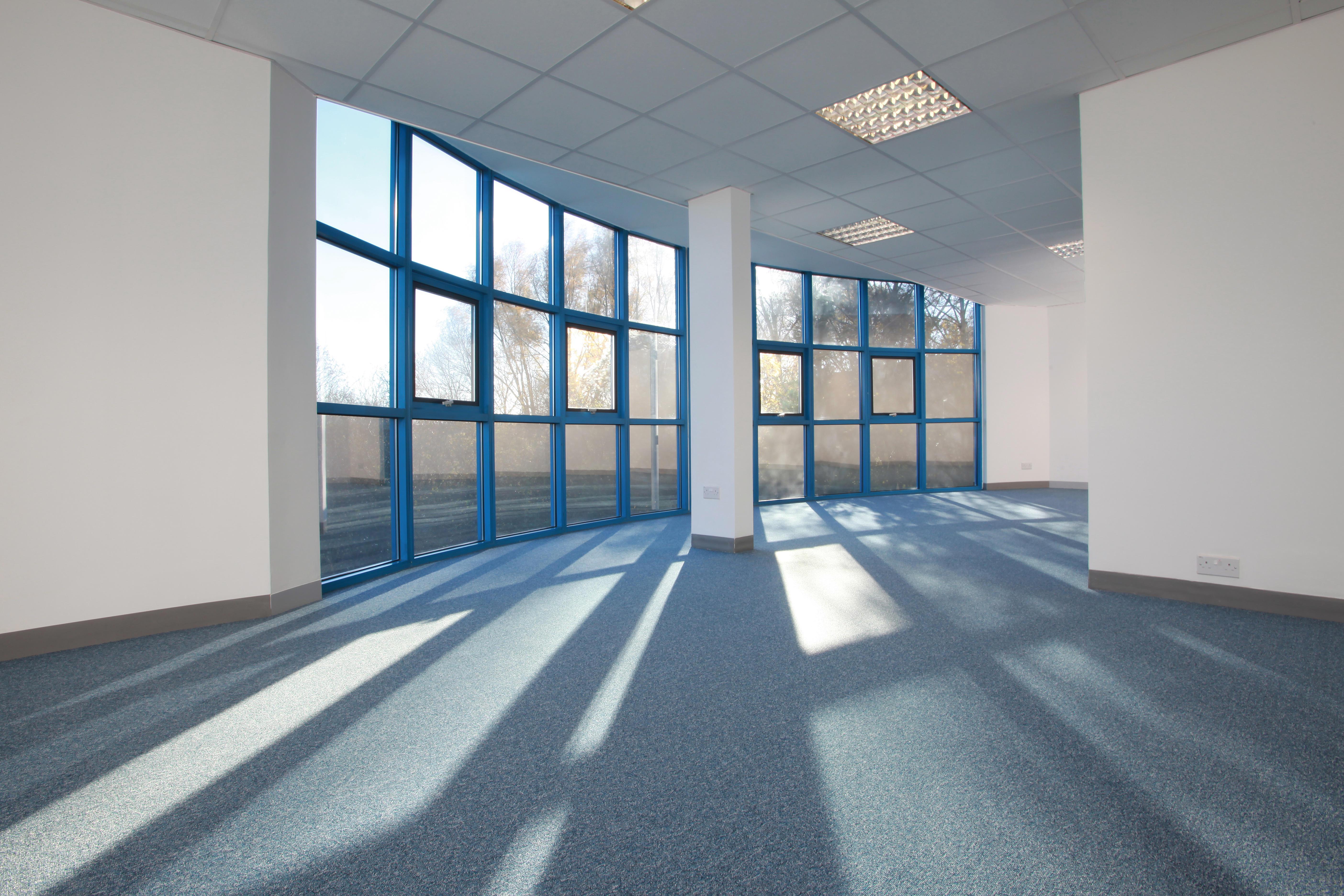I live less than seven miles from San Francisco's downtown, so I've got a front seat to something the press has been covering for years: How the 2020 pandemic-prompted boom in remote work is affecting the city by the Bay. Yes, the experience of commuting to the Transbay terminal and walking into an office south of Market is not what it used to be. But in another way -- it sort of is.
At the risk of dating myself: I first began working in the south of Market neighborhood during the Web 1.0 boom, so far back that it was still possible to park for free next to what was the police impound lot right over the Lefty O'Doul bridge. South of Market was attractive to scrappy start-ups (and their employees) because it was a down-and-out neighborhood with a lot of vacancies and few amenities. The district had been home to textile sweatshops (one was still operating across the street from my office), but it was mostly empty warehouses, run-down office spaces over dive bars, and the odd SRO.
It was breathtaking how quickly South of Market changed during the Web 1.0 boom. The bodegas were replaced by grocery stores where the cheeses had better pedigrees than most of the customers, the $4 parking lots turned into $20 craft cocktail bars, and the same streets where my colleagues and I used to get mugged at night were suddenly packed with cheese-buying office workers on the way to their new condos a few blocks from their offices. Even when that bubble burst, the money and people receded only a little, then washed in again with the Web 2.0 upswell.
Walking down Market Street today -- one of the main spines off which San Francisco traffic and transit radiates -- feels a lot like walking south of Market in the early days of the dot-com boom. It's easy to look at the street as declining -- or to look at it as the next neighborhood ready to incubate the next big thing.
Prior to the pandemic, San Francisco office vacancy was near zero; now, according to real estate company CBRE, the vacancy rate stands at 31.8%. That represents a lot of opportunities for people to grab space and start building the next new thing. Maybe it'll be a new wave of AI-fueled startups. Maybe there are other companies who think grabbing bargain-priced real estate near the Transbay terminal is a great way to attract employees who want an easier commute.
Empty office space can be a problem. But if the myriad eulogies for San Francisco demonstrate anything, it's that any time the city spirals down into a "doom loop," someone will solve that empty-space problem by moving in. If you're watching for developing stories in office space management in the next few years, start by looking at which companies begin sniffing around at the spaces other companies left behind.




